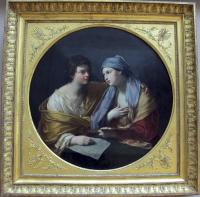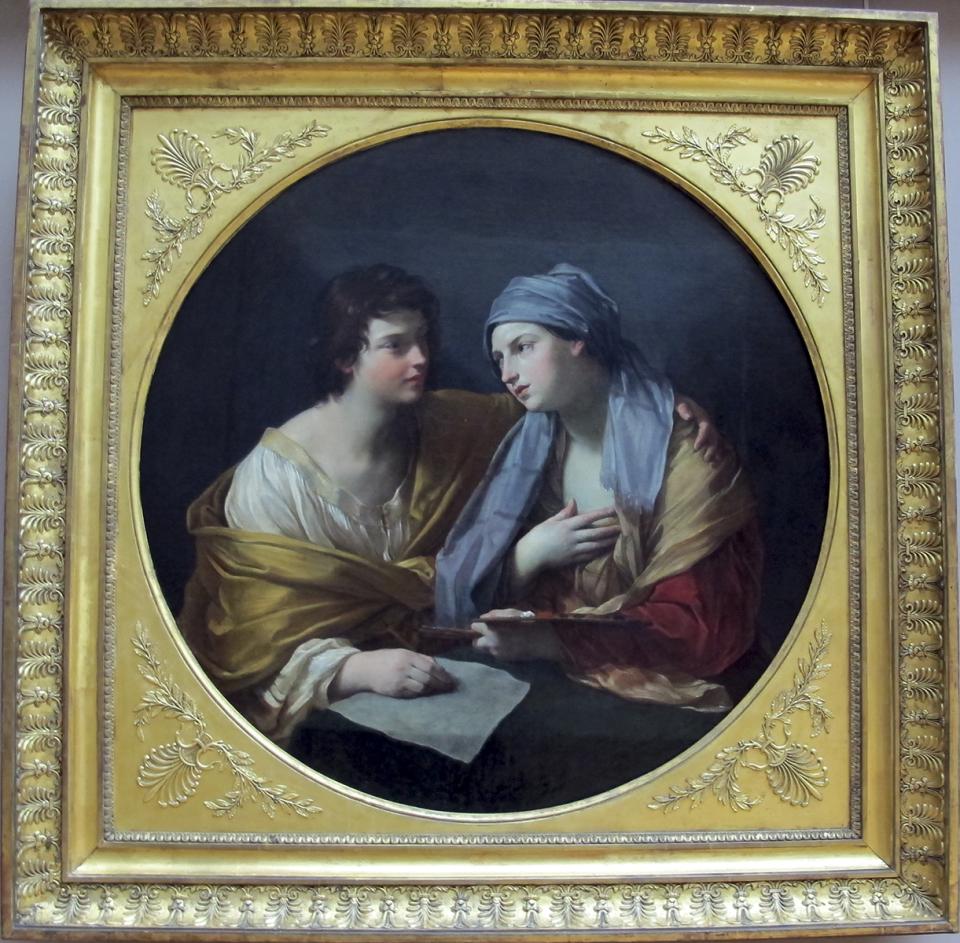Tony Cui

Education
M.A., Art History, University of Maryland
B.A., Art History with high honors, New York University
Research Expertise
Early Modern Studies
Gender
Tony Cui studies early modern European art and its many forms of creativity. He is interested in global exchange, images of natural history and medical science, early modern print culture and how images interacted with words through printed media. Tony received his BA (cum laude and with departmental honors) in Art History from New York University in 2019, with a senior honors thesis titled "Salvator Rosa's Hybrid Skeletons and Where To Find Them.” In 2021 Tony received his MA in art history from the University of Maryland - College Park, with a master’s thesis titled “Guido’s Compendio: Disegno, Colore and the Idea of Summary Forms.” Before coming to Maryland, Tony has worked at institutions such as the Solomon Guggenheim Museum in New York.
Publications
Economic Histories of Netherlandish Art
State-of-the-field article surveying the economic histories of Netherlandish art.
Author/Lead: Elizabeth A. HonigContributor(s): Tony Cui
Non-ARHU Contributor(s): Jessica Stevenson Stewart
This state-of-the-field article surveys the economic histories of Netherlandish art. Tracing major contributions by scholars following in the footsteps of Michael Montias, we present the developments of art historical econometrics and consider the evolving ways in which economic analyses address topics such as supply, demand, price, labor, and form. We show the various applications of economic methods and pay particular attention to the interrelations between quantitative research and other modes of inquiry: archival, technical, biographical, stylistic, digital, regional, global, and so forth.
Guido Reni's Compendio Disegno, Colore, and the Ideal Union of Art
Guido Reni's "Union of Disegno and Colore" as a visual summary of his biography and artistic consciousness?
Author/Lead: Tony Cui
This article offers a belated reading of Guido Reni's Union of Disegno and Colore. I argue that Reni's painting, though allegorical by nature, is a visual summary of his biography and artistic consciousness. Although the concept of compendio (compendium) is key to early modern Bolognese art historiography, it has yet to be analyzed closely, let alone applied to the many messages conveyed through Reni's Union. By interpreting the Union through biography, iconography, sex, and gender, I propose that we take seriously the concept of a visual compendium, one that gives form to Reni's ideal union of art.
Read More about Guido Reni's Compendio Disegno, Colore, and the Ideal Union of Art


